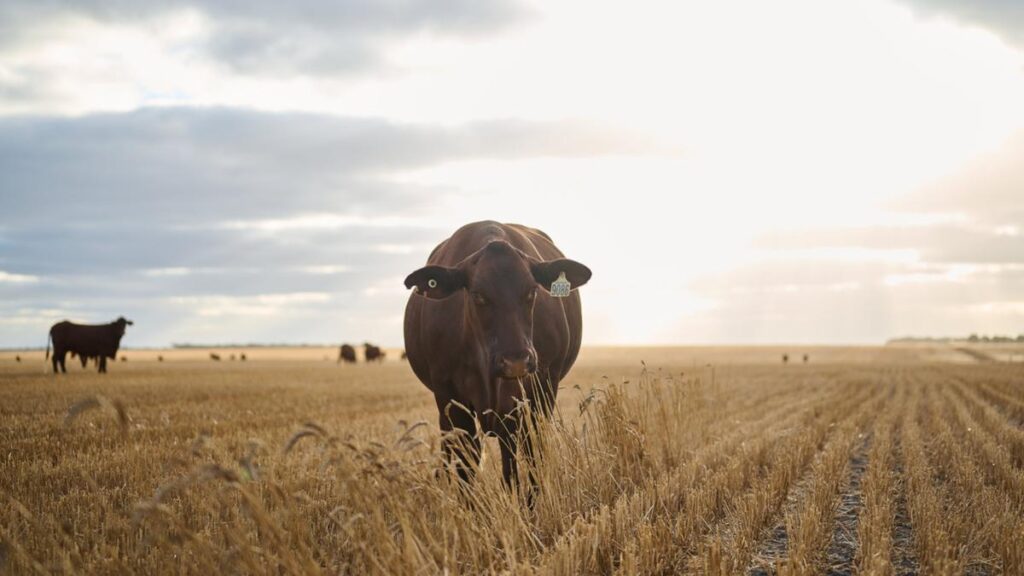There has been a rise in confidence among WA cattle producers in the past 12 months, however, the State’s graziers are still lagging behind the rest of Australia’s producers in terms of positive sentiment.
These are the findings from Meat and Livestock Australia’s latest Beef Producer Intentions Survey, which drew on data collected between October and December 2024.
The survey, which runs three times a year and included responses from over 3400 grass-fed beef cattle producers, pointed to growing optimism for Australian beef producers.
More than half of the nation’s beef producers said they felt “fairly positive” or “very positive” about the beef cattle industry and 45 per cent of respondents said they had plans to increase their herd in the next 12 months.
Net sentiment has improved by about 36 points when compared to the November 2023 survey.
MLA market information manager Stephen Bignell said this represented a “rebound” in confidence for the nation’s beef producers and reflected better conditions and prices in the sector.
“While the results do not indicate producers have all shifted to a rebuild focus, there has been a noticeable shift away from herd reductions,” he said.
WA beef producers also reported a rise in confidence, with a net sentiment increase of 16 points from the November 2023 survey.
Despite outlook among WA producers improving, WA remains with the lowest sentiments of all State results.

MLA market information analyst Emily Tan said there had been a “substantial increase” in WA producer sentiment over the past 12 months, but factors such as unfavourable weather conditions and volatile prices were still weighing on growers.
“A lot of it has been driven by a lot producers not retaining breeding heifers, and the heifer price being a bit lower then expected, (making it) much harder to make a profit,” she said.
“So even if prices have gone up, that has to be relative to . . . the input costs for operations essentially.”
Ms Tan said northern Australia was driving the nation’s herd rebuild thanks to “really good” rainfall and calving rates, but that had not translated through to WA.
“WA has a slightly different dynamic where we’re seeing only 30 per cent (of producers) looking at restocking and rebuilding, and I think WA producers are less positive then eastern producers in the sense that only 14 per cent believe they are going to have stronger prices,” she said.
Ms Tan also said political factors such as the live export debate had potentially impacted WA producers’ business operations moving forward.
But 42 per cent of WA’s respondents said they were planning to increase their herd in the next 12 months.
WA’s herd is expected to grow from about 877,000 in 2024, to more than 983,000 in 2025.
The main reasons for a planned herd increase are for restock or rebuild, or because producers are looking to expand their beef operations.
The 40 per cent of WA producers opting to reduce their herd were doing so mainly due to volatility in cattle prices, as well as dry seasons and low rainfall.
Nationally, the largest year-on-year sentiment improvements were in New South Wales and Queensland.
The national herd size is expected to reach just over 30.1 million head in 2025.
The herd for northern cattle producers is expected to reach 15.69 million and the herd for southern producers is expected to reach 13.88 million in 2025.
https://thewest.com.au/countryman/wa-beef-producers-have-rise-in-confidence-but-still-remain-lowest-in-nation-mla-c-17321526


